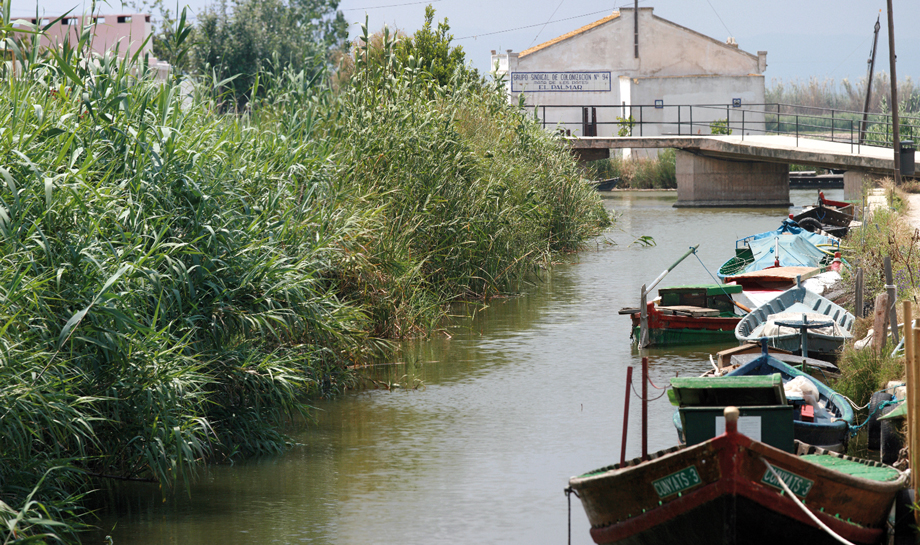The Albufera Natural Park
Situated some 10 kilometres from Valencia City, in the south of region, the Albufera Natural Park covers an area of more than 21,000 hectares, spread over 13 municipalities: Valencia, Alfafar, Sedavi, Massanassa, Catarroja, Albal, Beniparrell, Silla, Sollana, Sueca, Cullera, Albalat de la Ribera and Algemesi.
Within this boundary, are the lagoon of Albufera, the surrounding wetlands, and the ‘devesa’ forest system.
Albufera was given protection as a natural park in 1986. The City of Valencia had purchased L'Albufera from the Crown in June 1911. The amount paid, in instalments, was 1,072,980.41 pesetas. It’s the equivalent today of just under 6,500 €.
The nature reserve is included on the Ramsar list of Wetlands of International Importance and was declared a ZEPA special protection area for birds in 1994.
Albufera was given protection as a natural park in 1986. The City of Valencia had purchased L'Albufera from the Crown in June 1911. The amount paid, in instalments, was 1,072,980.41 pesetas. It’s the equivalent today of just under 6,500 €.
The nature reserve is included on the Ramsar list of Wetlands of International Importance and was declared a ZEPA special protection area for birds in 1994.

The largest part of the park are the rice fields, which cover a third of the total surface area and is, in fact, one of the main rice production areas in the country. The lagoon itself was once much larger, some 30,000 hectares in Roman times, but slowly reduced as the area used for rice farming increased. Scientists have recently discovered that, some 10,000 years ago, the lagoon extended five kilometres out into what is now sea area, after finding a series of sandbars which now lie, compacted and submerged, in the continental shelf of the Gulf of Valencia. The oldest is now at a depth of 70 metres.
They were located using high resolution high resolution seismic technology in a study carried out by scientists at the San Vicente Mártir Catholic University of Valencia.
Today, the lagoon is a shallow water lake with a surface area of 3,000 hectares and 300 hectares of banks and islets. It’s a fresh water lake which is fed by the rice fields which surround it which are themselves fed by the waters of the Júcar and Turia rivers. The lagoon’s waters pour into the sea through canals which pass through the Devesa forest which separates Albufera from the sea.
Fishing here was legally recognised in the year 1250, when regulations were laid down for the El Palmar Fishing Association, and is still an important activity in the area.
Over 350 different species of birds have been spotted in the nature reserve, which is an important stopover for migratory birds and is a regular nesting site for close to 100 species. In winter, there are large colonies of ducks and, at breeding time, it’s used by more than 5,000 pairs of herons and some 6,000 pairs of terns.
They were located using high resolution high resolution seismic technology in a study carried out by scientists at the San Vicente Mártir Catholic University of Valencia.
Today, the lagoon is a shallow water lake with a surface area of 3,000 hectares and 300 hectares of banks and islets. It’s a fresh water lake which is fed by the rice fields which surround it which are themselves fed by the waters of the Júcar and Turia rivers. The lagoon’s waters pour into the sea through canals which pass through the Devesa forest which separates Albufera from the sea.
Fishing here was legally recognised in the year 1250, when regulations were laid down for the El Palmar Fishing Association, and is still an important activity in the area.
Over 350 different species of birds have been spotted in the nature reserve, which is an important stopover for migratory birds and is a regular nesting site for close to 100 species. In winter, there are large colonies of ducks and, at breeding time, it’s used by more than 5,000 pairs of herons and some 6,000 pairs of terns.
